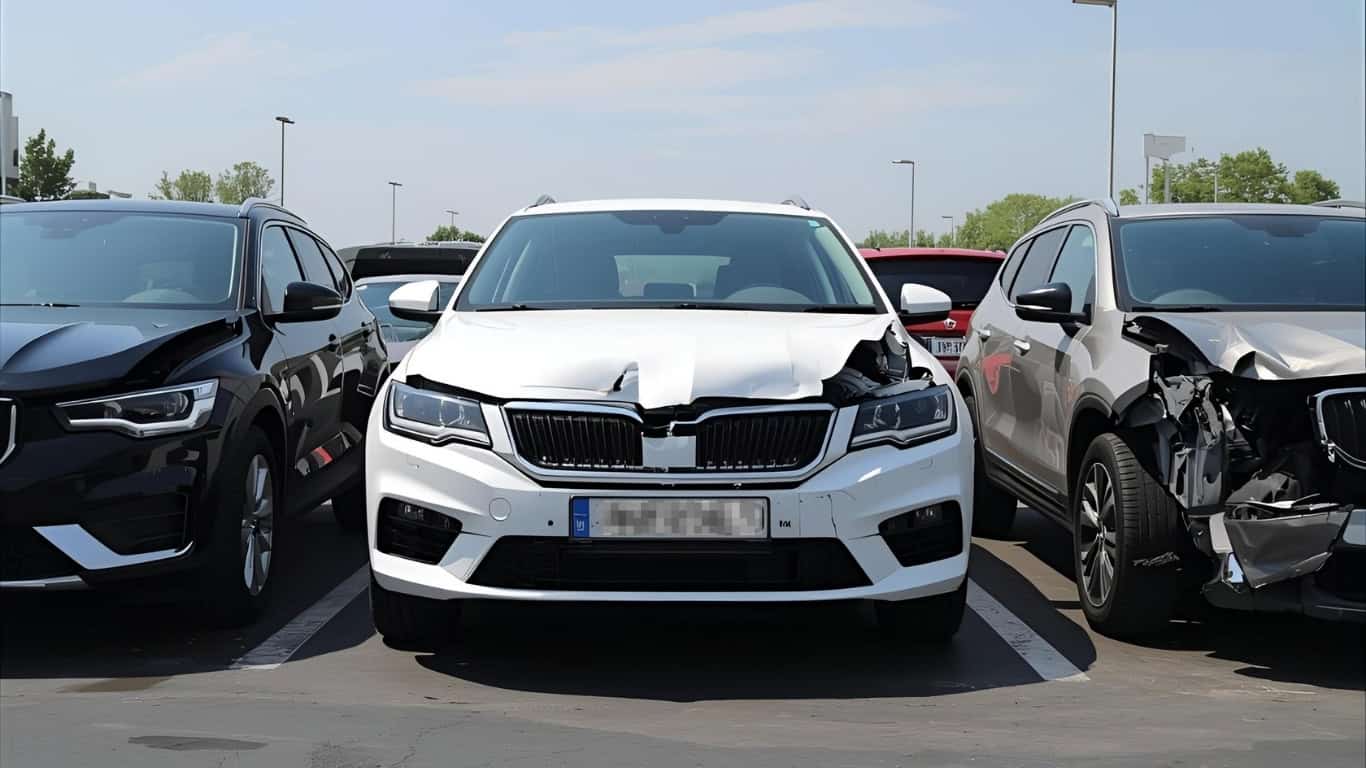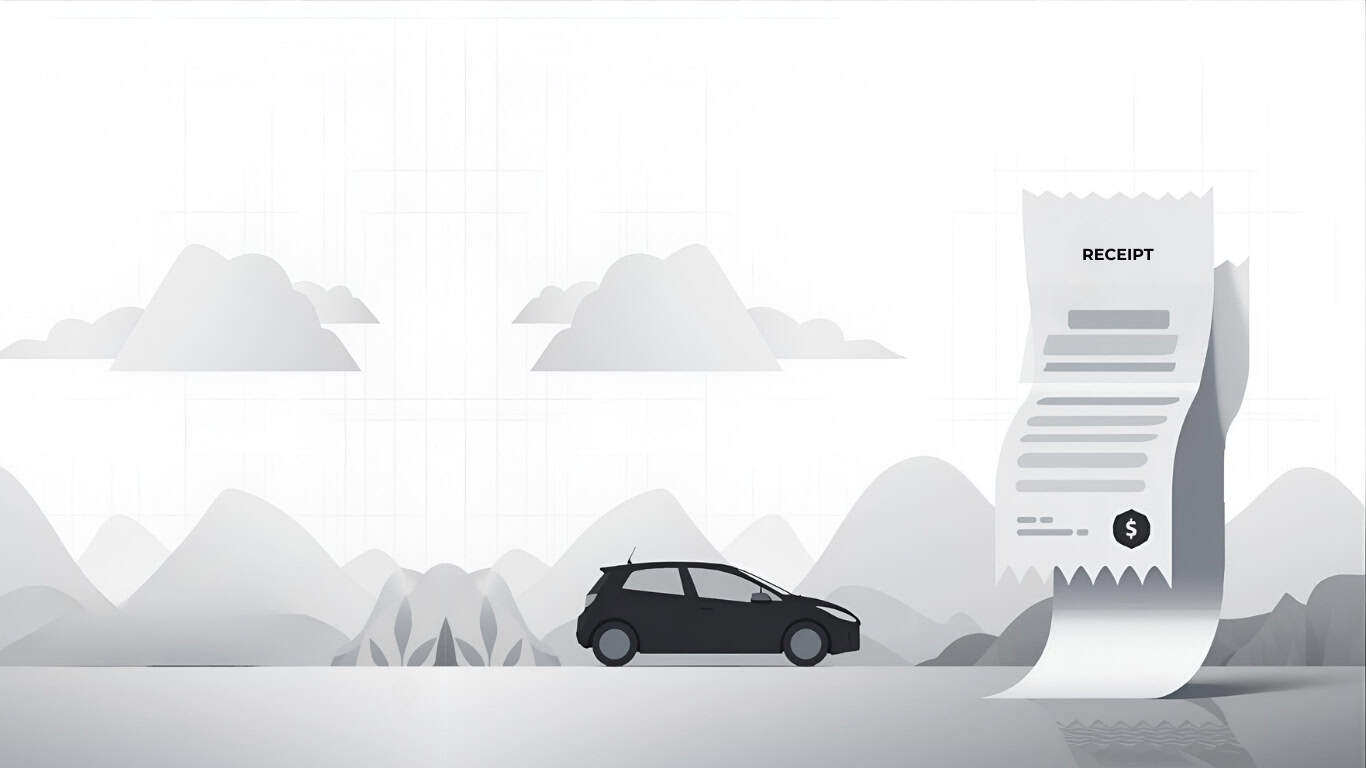When it comes time to trade in your vehicle after an accident, you might be shocked at how low the offer is—especially if repairs were made professionally. Even when your car looks and drives perfectly, its accident history follows it. In this article, we’ll explore how dealership trade-in appraisals reflect diminished value, what dealers really look at, and how you can use their appraisal as leverage in your insurance claim.
What Is Diminished Value and Why It Matters for Trade-Ins
Diminished value refers to the loss in a vehicle’s market worth after it has been in an accident, even if it’s been fully repaired. Dealerships factor this in heavily when appraising trade-ins.
There are two major types:
- Inherent Diminished Value: The loss of value simply because the car has a documented accident history.
- Repair-Related Diminished Value: The loss in value due to lower-quality repairs or replaced OEM parts.
Even if you restore the vehicle flawlessly, a car with an accident on its record will likely be valued lower than one without.
How Dealers Evaluate Post-Accident Vehicles

Dealers don’t just inspect physical damage—they pull vehicle history reports, look at title status, and consider prior accident data. A Carfax report with collision history can immediately shave thousands off an appraisal.
They assess:
- Structural damage history
- Airbag deployment
- Frame repairs or repainting
- Any gaps or signs of poor alignment
Even cosmetic imperfections—like mismatched paint or panel gaps—can drive down value.
Real-World Examples of Diminished Value at Trade-In
Let’s say two identical 2021 vehicles are traded in—one clean, the other with an accident on record but fully repaired. The accident-free car gets an offer of $22,000. The repaired one? It might be offered $18,500 or less, even with the same mileage and condition.
That $3,500 difference is a real-world example of diminished value—tangible and measurable.
Can You Use a Dealer’s Offer as Proof in a Claim?
Yes, in many cases you can. A written appraisal from a licensed dealer that references the vehicle’s accident history can support your diminished value claim.
However, insurers might push back, especially if:
- The offer isn’t on dealership letterhead
- There’s no explanation for the value reduction
- The offer appears inflated or vague
It’s always stronger when combined with a third-party appraisal.
Tips for Getting a Strong Trade-In Offer Post-Accident

- Be transparent. Don’t hide the accident—dealers will find out.
- Bring documentation. Show receipts, repair invoices, and inspection reports.
- Request a written appraisal. Make sure the accident history is noted in the reason for the reduced offer.
- Shop around. Get appraisals from multiple dealers to compare.
If possible, work with a certified diminished value appraiser before approaching the dealer. They can prepare you for what to expect and help document your vehicle’s true pre- and post-accident value.
Final Thoughts: Know Before You Appraise
Your car’s trade-in value can serve as clear, real-world proof of its diminished value. Understanding how dealerships evaluate post-accident vehicles helps you prepare for lower offers—and gives you evidence to strengthen your insurance claim.
The key is documentation, honesty, and knowing that even a perfect repair doesn’t erase a vehicle’s accident history. Use that knowledge to your advantage.





